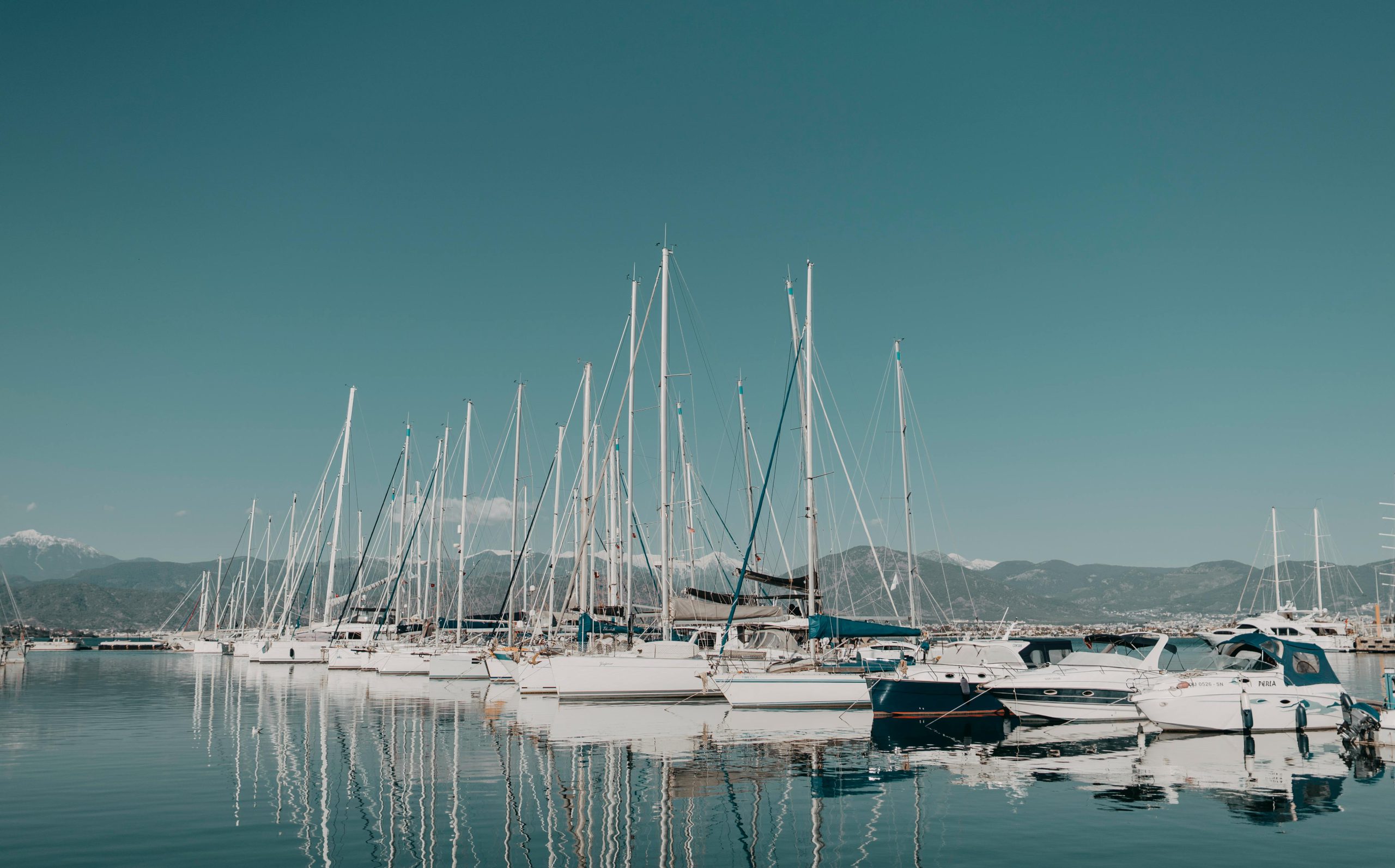The bonding strength of resin in boatbuilding and marine applications is a critical factor in ensuring the structural integrity and longevity of the constructed vessels. Resins are commonly used in boatbuilding as adhesives, laminating materials, and coatings. The bonding strength refers to the ability of the resin to form a durable and reliable bond between different materials, such as fiberglass, wood, or metal, in the construction of boats and marine components.
Several types of resins are commonly used in boatbuilding, including polyester, epoxy, and vinylester resins. Each type of resin has its own characteristics and bonding strengths, and the choice of resin depends on factors such as the specific application, performance requirements, and cost considerations.
- Polyester Resin:
- Polyester resin is a cost-effective option and is commonly used in boatbuilding.
- It has moderate bonding strength and is suitable for many applications, such as laminating fiberglass.
- However, its bonding strength may be lower compared to epoxy resins in certain situations.
- Epoxy Resin:
- Epoxy resins are known for their excellent bonding strength and versatility.
- They create strong bonds with various materials, including fiberglass, wood, and metals.
- Epoxy resins also have good adhesive properties, making them suitable for bonding different components in boat construction.
- Vinylester Resin:
- Vinylester resin is a hybrid between polyester and epoxy resins, offering improved bonding strength compared to polyester.
- It is often used in applications where higher strength and resistance to water absorption are required.
Factors influencing bonding strength in boatbuilding:
- Surface Preparation: Proper surface preparation is crucial for achieving a strong bond. Surfaces must be clean, dry, and free from contaminants such as grease or wax.
- Mixing Ratios: Following the manufacturer’s recommended mixing ratios is essential to ensure that the resin cures properly and achieves its maximum bonding strength.
- Curing Conditions: The curing conditions, including temperature and humidity, can impact the final bonding strength. Ideal curing conditions specified by the resin manufacturer should be followed.
- Adhesion Promotors: In some cases, adhesion promoters or primers may be used to enhance the bonding strength, especially when bonding dissimilar materials.
- Application Technique: Applying the resin with the proper technique, such as using the right amount and ensuring uniform coverage, contributes to achieving a strong bond.
Regular inspection, maintenance, and adherence to recommended practices are essential to ensure the longevity and structural integrity of the resin-bonded components in marine environments. Additionally, compliance with industry standards and guidelines for boatbuilding helps ensure the safety and reliability of the vessels.
A summary:
The boat-building industry, traditionally using Polyester GRP, has shifted towards synthetic materials like Epoxy and Vinylester resins due to their superior qualities. Epoxy Resins, particularly noted for their excellent bonding strength, outperform Vinylester and Polyester resins. Epoxy’s strong bonding allows for lightweight, robust laminates with a higher fibre percentage. In honeycomb construction, Epoxy’s superior bonding strength is essential, resulting in significant weight savings.
Epoxy composite materials demonstrate greater resilience to stress and tension from wind and waves compared to Vinylester and Polyester resins. Epoxy’s chemical matrix facilitates better fibre bonding, ensuring a more even distribution of forces throughout the laminate construction. Unlike Vinylester and Polyester, Epoxy resists water penetration, reducing the risk of ‘Osmosis.’ After twelve months immersed in water, Polyester laminates lose about 65% of outer skin protection, while Epoxy retains approximately 90%. Osmosis-related issues, such as blistering, are less common in Epoxy laminates, and they can be effectively treated with protective coatings if applied before contact with water. In contrast, Polyester laminates may require stripping of the outer skin and treatment with Epoxy resins, paints, and fillers to address osmosis-related problems.




